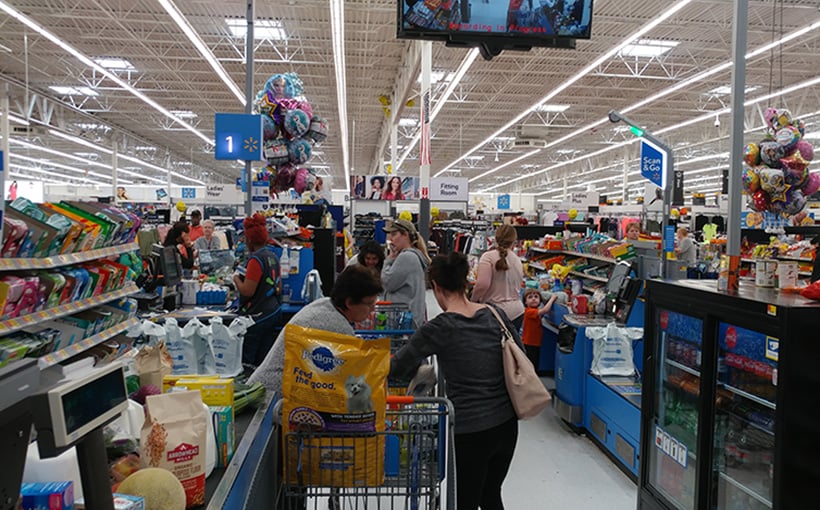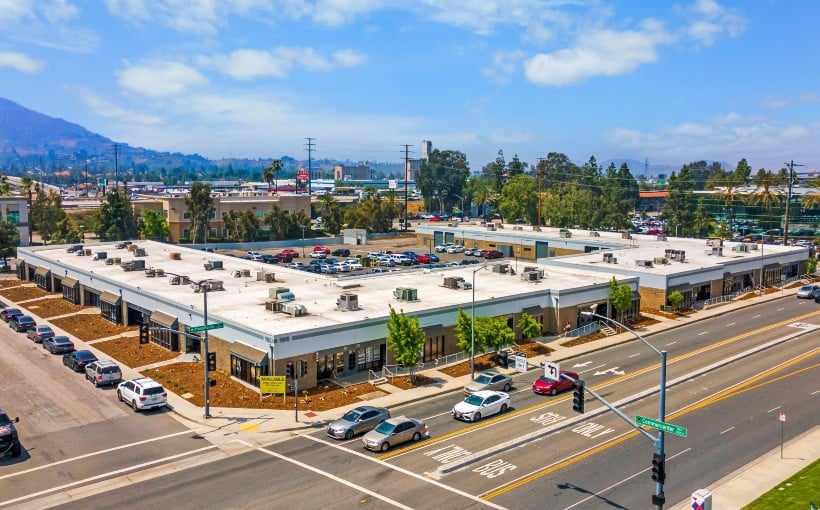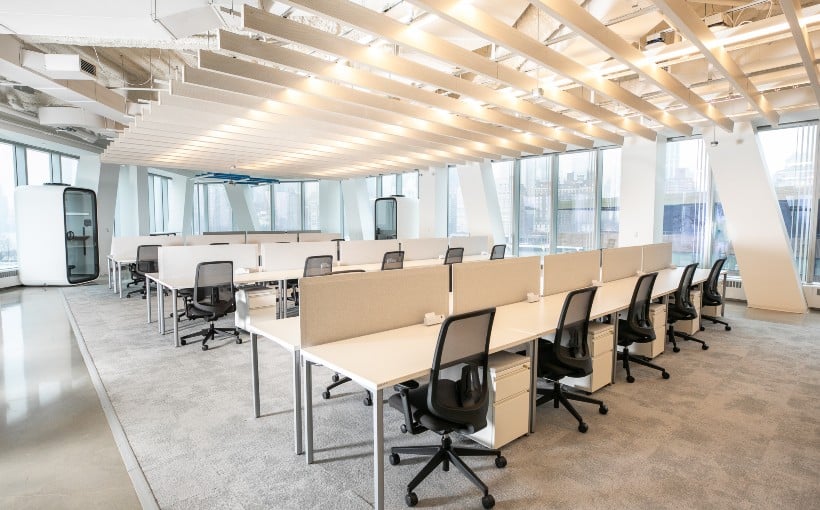“Exploring the Top-Performing Retail Sectors in Commercial Real Estate: A Comprehensive Analysis”
Welcome to the third installment of our five-part series on commercial real estate retail. In this article, we will delve into the various subsectors that fall under the broad category of “retail.” Our expert panel has provided valuable insights and analysis on which retail sectors are currently thriving and what factors contribute to their success.
As with any real estate sector, it is important to understand that “retail” encompasses a diverse range of properties. From small neighborhood stores like AutoZone and Starbucks, to large super-regional malls, each falls under the umbrella term of “commercial retail.”
To accurately assess performance within this sector, we must first define its different categories. The International Council of Shopping Centers (ICSC) breaks down retail into three main groups: general purpose centers (such as regional malls), special purpose centers (like power centers or lifestyle centers), and limited-purpose properties such as airport retailers.
In order for a retail space to be successful in today’s market, it must be located near an active target audience or trade area with high visibility and accessibility. With these criteria in mind, let’s take a closer look at which specific subsectors are currently performing well.
According to our experts’ consensus luxury retailers continue thrive despite economic challenges while value brands like Target remain strong due their popularity among consumers seeking affordable options. Other top-performing sectors include smaller developments such as drive-through restaurants or gas stations along with well-operated grocery-anchored shopping centers featuring popular co-tenants like quick-service restaurants.
However , location also plays a significant role in determining success within these sectors . While suburban areas continue see strong growth , urban storefronts have been slower recover from pandemic-related closures – though some cities have fared better than others . For example , Silicon Valley remains largely unaffected by shutdowns while downtown San Francisco is slowly returning to normal. In contrast, cities like Dallas and Orange County have experienced minimal change due to their less restrictive policies during the pandemic.
One ongoing question in the retail sector is whether or not malls are truly “dead.” While some struggling malls may be closing down, our experts argue that this does not mean all malls are doomed. In fact, many urban shopping districts continue thrive thanks their dense population of young , educated consumers who remain highly sought-after by retailers . However , there is a clear divide between successful “A” grade properties and those that struggle with high vacancy rates.
In conclusion, while it’s easy make broad statements about the state of retail real estate – such as claiming it’s a top choice for investors or storefronts are thriving – our analysis shows that performance varies greatly within each subsector . By understanding these nuances and keeping an eye on location-specific factors , we can better assess which types of retail properties offer the most potential for success in today’s market.




